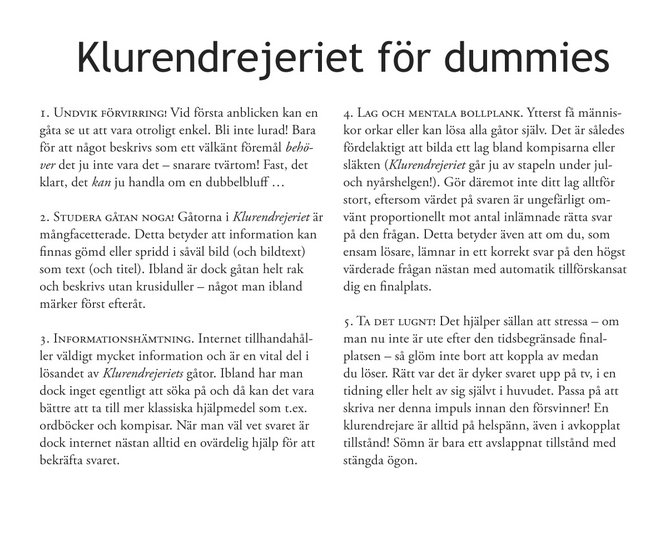
Half a crown for the chest?
The Swedish currency has been the same since 1873 when krona (pl. kronor) replaced the previous riksdaler. The change to krona [crown] was part of the Scandinavian Monetary Union, where also Denmark (and thus also Iceland, Greenland, and the Faroe Islands) and later Norway took part. The union lasted until World War I, but even after a formal split, all of the countries retained the name of the currency. The correct name for the Norwegian and Danish kind, however, is krone (pl. kroner) and in Iceland it is called króna (pl. krónur). A common abbreviation in all countries is kr. and the Nordic crowns are all split into 100 öre (øre and aurar, respectively). The singular form for aurar is eyrir. Since neither Denmark nor Sweden opted to join the euro project and Norway and Iceland are not even part of the European Union, the different crowns will remain the first and foremost legal tender in the Nordic countries for quite some time.






No comments:
Post a Comment